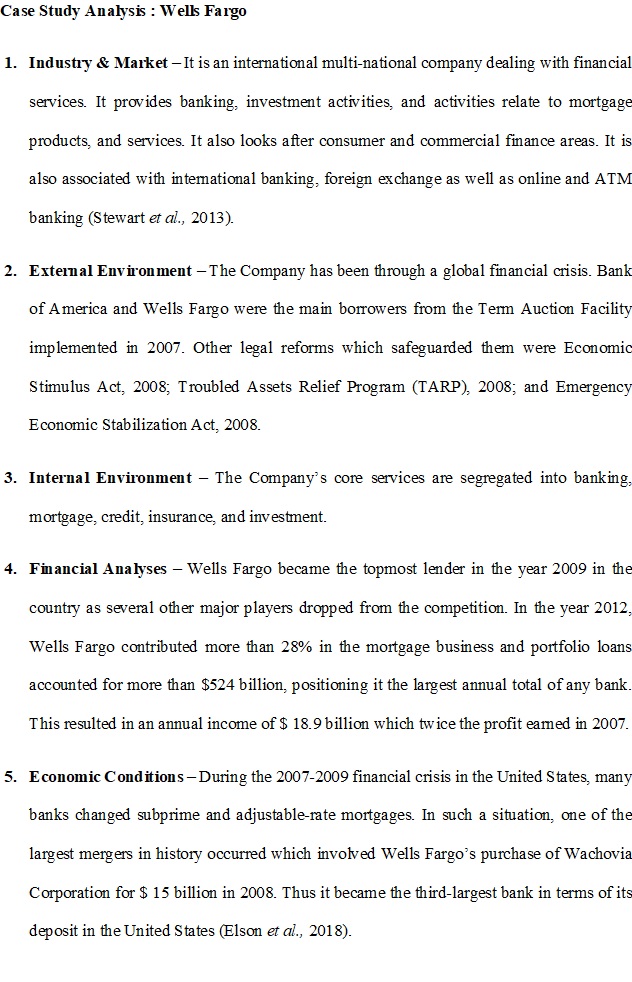


Q EXAMPLE of CASA Application Case Analysis Study Approach (CASA) 1. Industry & Market – the Alcoholic Beverage Industry enjoys a Global Market 2. External Environment – the industry is highly regulated and taxed on the state level in the United States, meaning, each state regulates how the industry may operate within its boundaries. 3. Internal Environment – The industry classification breaks down the distilled-spirit group into three categories, (1) brown goods, (2) white goods, which includes the case study subject, Absolut Vodka, and (3) specialties. 4. Financial Analyses – the Imported Vodka industry sales were on an upward trend, opposite the distilled-spirits and domestic vodka sales history in that period. 5. Economic Condition for Industry – by 1986, the distilled-spirits industry was on a downward slide for about five years. 6. Key Trending Factors – • Demographic – Those having attended college, single with household incomes of $50K or more in the Middle Atlantic region. • Social – promoting the brand to specific consumer groups and looking at market trends. • Economic – sales growth was on the upswing for imported vodka • Environmental - Another consideration is the industry’s effects on society. The influence on alcohol abuse and drunk driving. 7. SWOT Analysis – • Strength: in 1979, the U.S. was an open market for Absolut. They were looking for a distributor in a field where they did not currently have one. Strong leader in Mr. Roux. • Weakness: Costly advertising methodology, and distributor’s concentration on another brand than Absolut. Also odd-shaped bottle. • Opportunity: Niche marketing to expand market share, and flavored Vodka market • Threat: International political and industry regulatory impacts. Also odd-shaped bottle 8. Key Issues of the case – Marketing and advertising efforts to increase market share. 9. Critical Issue of the case that needs attention first – mismatch between traditional market-research techniques and the Absolut marketing strategy 10. Assumptions in the recognition of this critical issue – • The Swedish government was looking for a U.S. importer for Absolut • Stoli’s enjoyed an 80%share of the imported vodka sales • U.S. Vodka sales were rising. Foreign vodkas’ 22 percent growth attracted a rush of new importers 11. Two to three alternatives to address this critical issue – • Capturing the “Youth” markets • Capturing specific ethnic markets • Focusing on “Super Premium” products 12. Choose one of the alternatives to implement – focusing on its being a “Super Premium” product 13. Describe the overshadowing strategy you propose and within which this alternative fits – Target market for Absolut would be anyone over the age of 21 with the ability 14. Explain your plan to implement this alternative – • Advertise stressing Absolut’s Swedish origins • Target upper income trend-setting, artsy crowd • Market Absolut as a luxury item • Market to the “ferociously hip” crowd 15. Identify the critical organizational functions of the organization needed for implementation – • Copy and Media • Special Events and Promotion • Budget • Production 16. Identify the processes needed from each of these critical functions for implementation – • Copy and Media: punning on “absolute” using the superlative. Expanding media outlets beyond the standard weekly news, emphasizing the medium but focusing on the bottle. • Special Events and Promotion: Themes of music, art and fashion • Budget: increasing budget for advertising to reverse declining sales. • Production: ads were costly though generating huge media coverage, especially the much anticipated Christmas special ads. 17. Describe the Balance Scorecard metrics to measure the success of this implementation – (These Four Measures must be shown each with quantitative target goals to measure strategic success) • Financial: Set goals to increase gross sales by 20% and market share by 5% • Customer: Absolut enjoyed between 51 and 56 percent of the imported vodka market in the U.S. Survey the customer base to measure current satisfaction and then aim to increase this by 20% over the upcoming year. • Internal business processes: Measure initial social media hits and challenge the team to increase this by 30% within the first quarter of the new ad campaign. Set a goal to enter 2 new social media avenues in the upcoming year • Learning: Train employees in the new social media tools and require passage of a subsequent test by 75% with a maximum of 2 attempts to pass. 18. Describe any actual or hypothetical ethical concerns with this critical issue and plan implementation – the causal link between advertising and alcohol abuse and drunk driving. Alcohol should not be marketed towards those under the legal drinking age in any country. In the case of a country where no minimum age for consumption or purchase exists, beverage alcohol should not be marketed to those under the age of majority, as defined in that country. (consider this preventive maintenance planning) 19. Describe any actual or hypothetical environmental concerns with this critical issue and plan implementation – increase in excise taxes, governmental restrictions placed on advertising adult beverages and political fallout from the Russia boycott. U.S. Surgeon General Taskforce recommendation to raise excise taxes, reduce tax deductions for advertising allowances, placement of warnings and restricting advertising. (consider this preventive maintenance planning) 20. Describe any actual or hypothetical social concerns with this critical issue and plan implementation – effects of alcohol on society and the role of advertising in consumption, its influence in general, and on “abuse” versus “use”. (consider this preventive maintenance planning)
View Related Questions